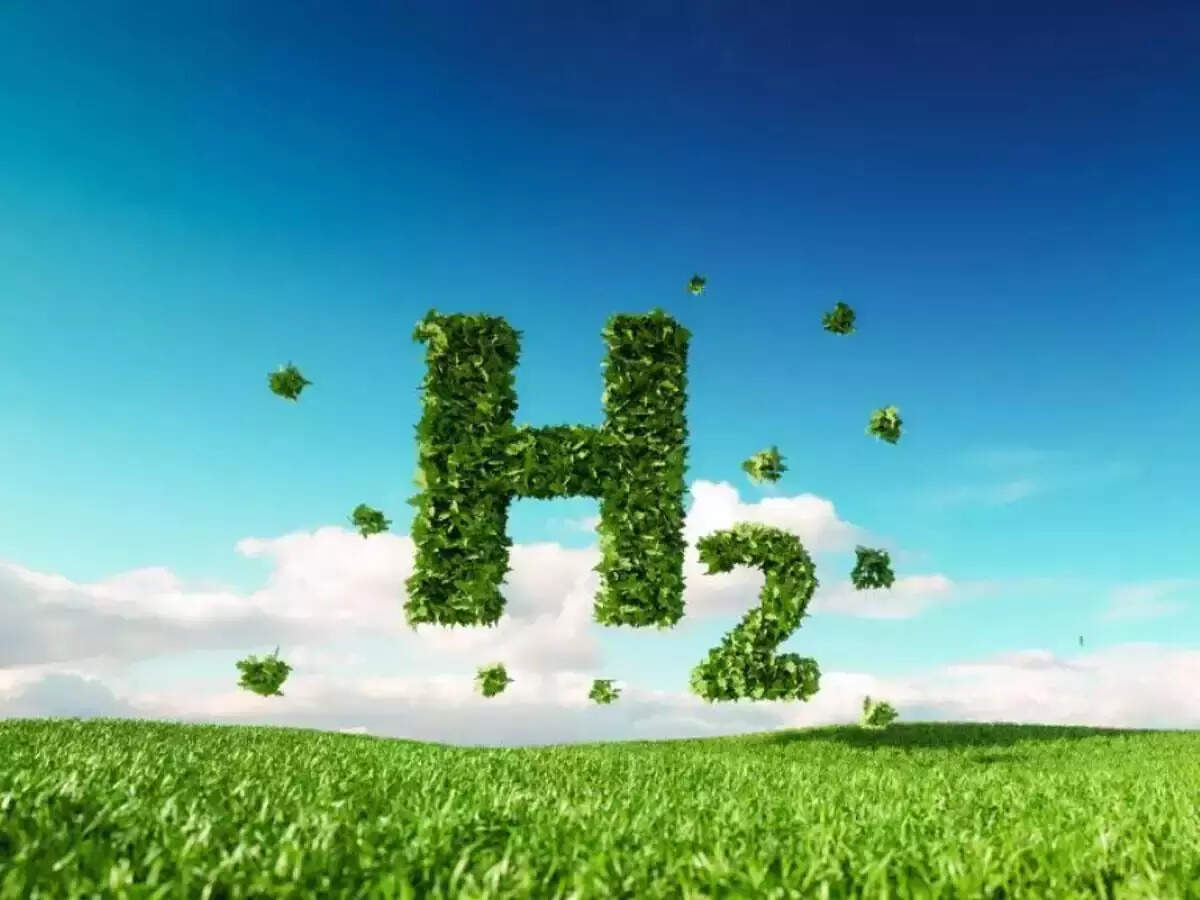
New Delhi: In a strategic move to redefine its energy landscape and establish global dominance, India is aggressively positioning itself in the green hydrogen sector, aiming to become a leading exporter by 2030. A report by Alvarez & Marsal highlights India’s ambitious plans to tap into the green hydrogen market, potentially leading to USD 3–5 billion in exports and USD 7–15 billion in import substitution within the next decade. This initiative is part of India’s broader strategy to decrease reliance on imported liquefied natural gas (LNG) and boost domestic GDP growth, aligning with global shifts towards sustainable energy sources.
Green hydrogen, produced through the electrolysis of water using renewable energy, emits no carbon dioxide, making it a key player in the transition to a low-carbon economy. The global hydrogen market, as forecasted, is set to reach USD 24-36 billion by 2030, fueled by rising investments in low-carbon hydrogen production by nations committed to mitigating climate change impacts. India, along with other countries endowed with rich renewable resources like Chile, Argentina, Australia, and several Gulf states, is recognized as a future powerhouse in green hydrogen production and export.
“The case for India to aggressively support green hydrogen is compelling. By moving early, we can stake a claim to a larger share of the global energy trade,” said the Alvarez & Marsal report. Despite the substantial initial investment estimated at USD 4–12 billion up to 2030, this figure pales in comparison to India’s projected oil import bill of USD 1.0–1.4 trillion over the same period, emphasizing the strategic economic and environmental benefits of early adoption.
The report also sheds light on the global demand dynamics, identifying the European Union, Japan, and South Korea as the main importers due to their ambitious green hydrogen consumption targets and limited domestic production capabilities. Particularly, the EU’s REPowerEU plan, which aspires to consume 20 million tonnes of green hydrogen by 2030 and import half of this requirement, underscores the growing importance of international trade in green hydrogen.
Experts suggest that India’s proactive approach to green hydrogen could not only secure a larger share of the global energy trade but also position it as a key player in the emerging green energy market. “India’s early and bold steps towards embracing green hydrogen can secure a larger share of the global energy trade, positioning it as a key player in the emerging market for green energy,” a market expert commented. The competitive production costs in countries like India, the UAE, and Saudi Arabia could make them attractive suppliers to European, Japanese, and South Korean markets.
However, the report also highlighted challenges, particularly in hydrogen transportation, which requires technological advancements and international collaboration to streamline the global supply chain effectively. As countries navigate these logistical hurdles, the focus on green hydrogen is a testament to the global commitment towards sustainable energy production and consumption.
India’s strategic investments and policy support for green hydrogen production signal its intent to play a pivotal role in the global energy landscape. With its sights set on becoming a leader in green hydrogen, India is not just aiming for economic growth but also contributing significantly to the global effort to combat climate change, marking a significant step towards a sustainable and low-carbon future.

